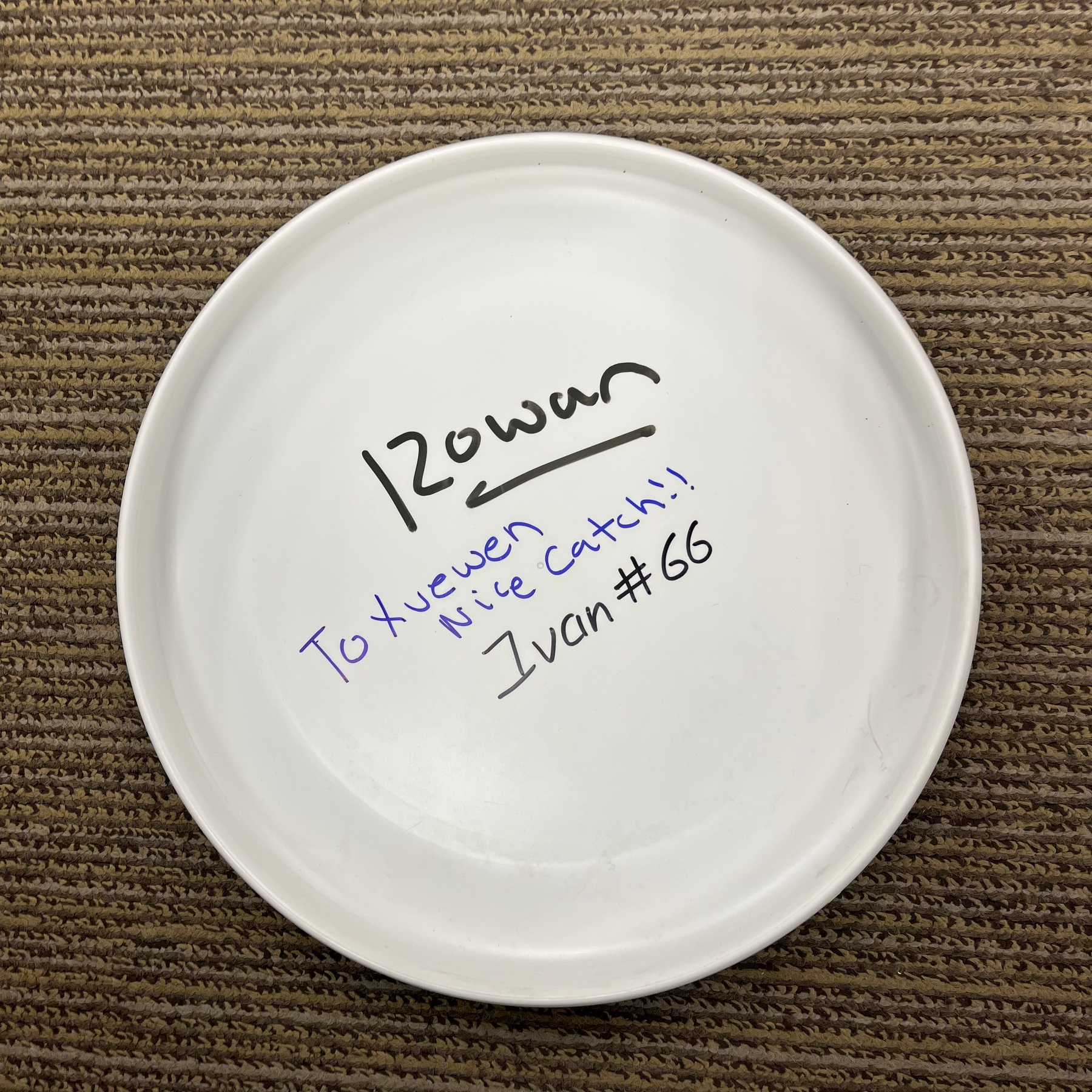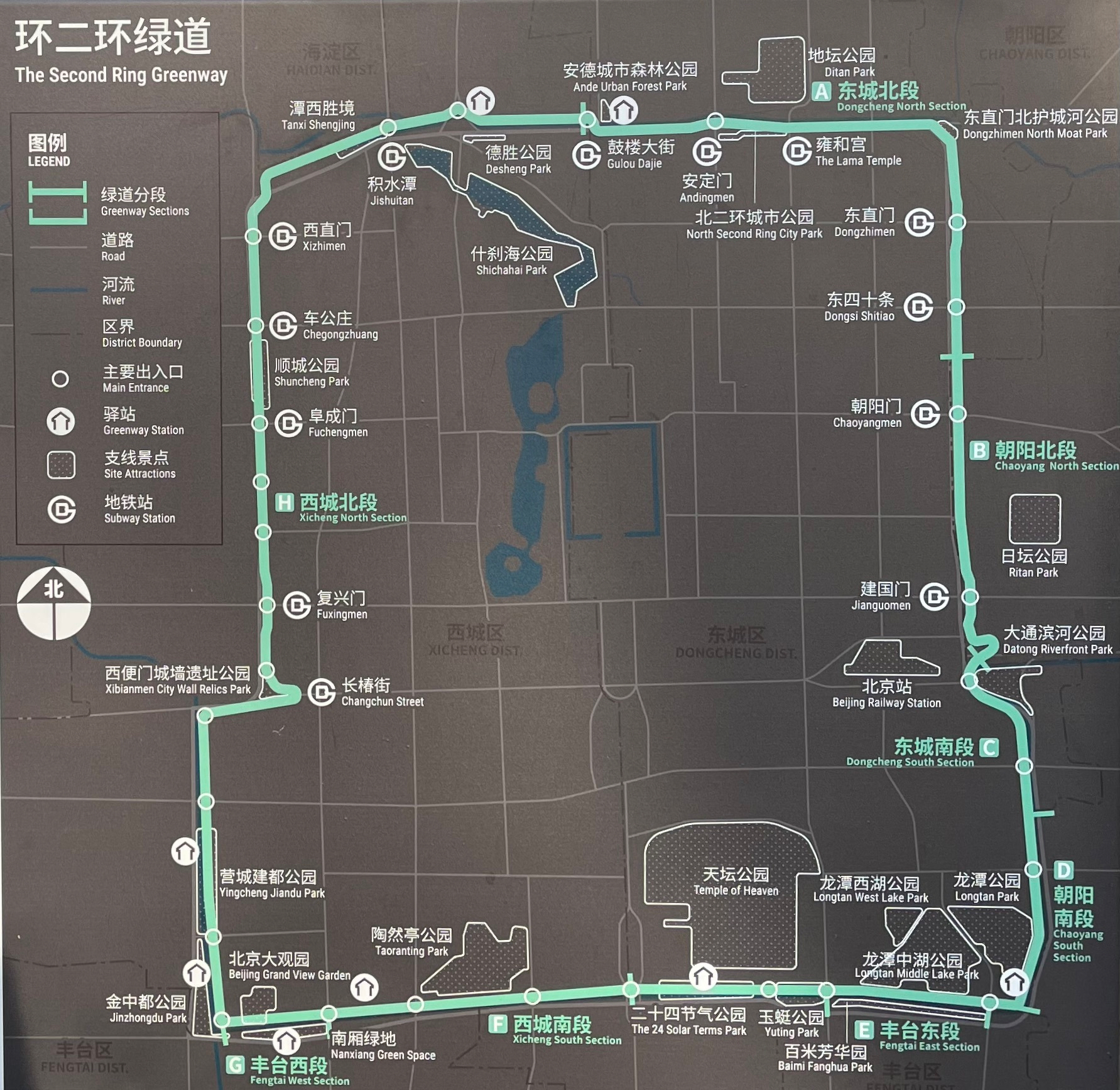Down With Influenza A
After lying in bed for two days and a night because of my illness, I felt truly uncomfortable. It made me think of my uncle, who had been bedridden for months—how did he manage to endure that?
The timing of my illness was, in a way, fortunate. Early the next morning after I collapsed, Xiaoyan returned from her business trip. Over the past two days, she has taken care of everything at home—cooking, tidying up, and guiding Hamer with her studies and play—which felt very comforting.
This morning, when I told Hamer I was hungry, she offered to buy breakfast for me. She grabbed her wallet, got dressed, and headed out confidently. At the intersection, she watched the traffic lights carefully before crossing. After buying the food, she kept checking what she was holding—perhaps worried she bought the wrong thing. Watching her walk home with such energy was heartwarming.

















